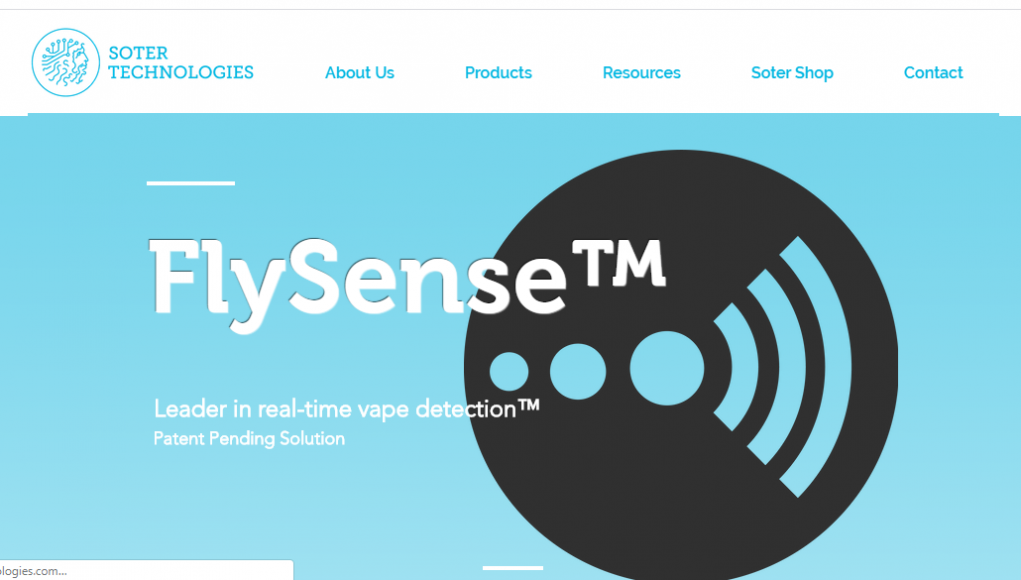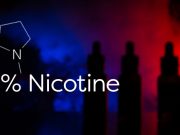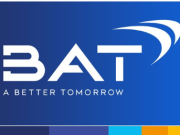Displayed at the National Conference on Education, the FlySense machine is manufactured by Soter Technologies. “We can determine if a flavor is in the air, if THC is in the air, or if nicotine is in the air,” says CEO Derek Peterson. “The device can determine what’s in the air, whether someone’s using a jewel pen, vaping, or an old fashioned e-cigarette, or a regular cigarette.”
The installed device works by sending alerts to the cell phones of nearby teachers and administrators so they are able to take action. Peterson pointed out that they have already sold 7,000 FlySense devices around the country, amongst which 1,000 in California.
Meanwhile, several educational entities are taking other actions t prevent vaping in schools. Last month, the Kansas State Board of Education, unanimously voted to encourage school districts to set in place strict vaping bans, while North Alabama’s Decatur City Schools announced that students violating its vaping policy will be sent to an alternative school.
Nationwide Schools’ Association Backs Tobacco 21 Bill
Last Summer, the US National Association of Secondary School Principals (NASSP) backed a bipartisan initiative led by Senate Majority Leader Mitch McConnell, to raise the tobacco purchasing age to 21 in a bid to curb vaping in schools.
NASSP Executive Director JoAnn Bartoletti praised the measure as a way to address “one of the greatest public health issues our schools are facing.” She had explained that educators are facing great challenges due to behaviours associated with nicotine addiction.
“Principals, who witness each day students’ impulsiveness and other behaviors associated with nicotine addiction, exert great efforts for vaping education and deterrence. Those efforts must and will continue. But those efforts are now emboldened by active support at the highest levels of government.”












